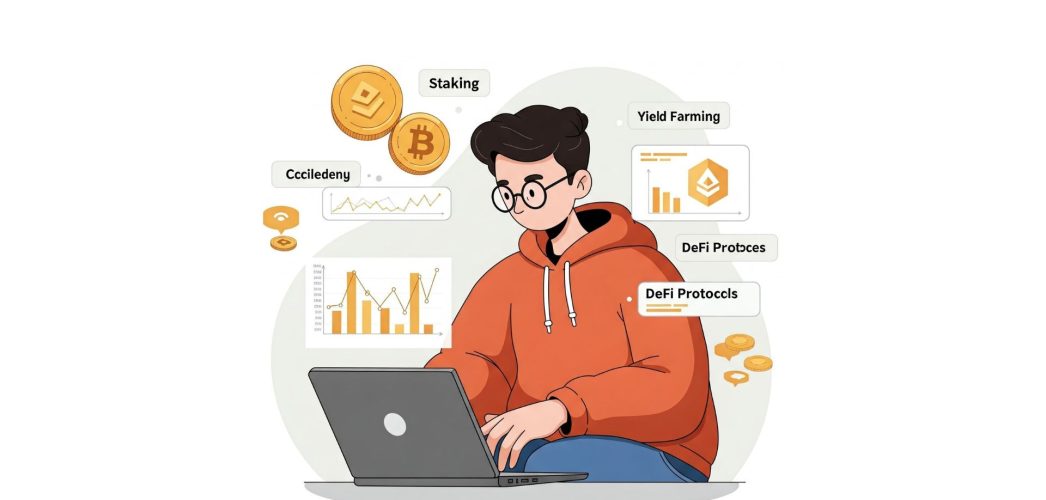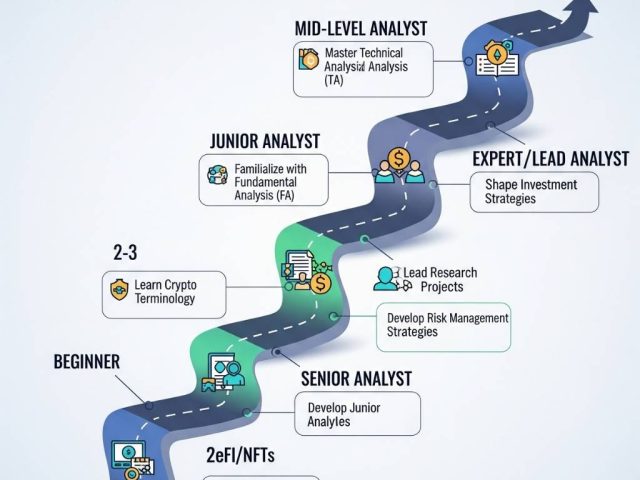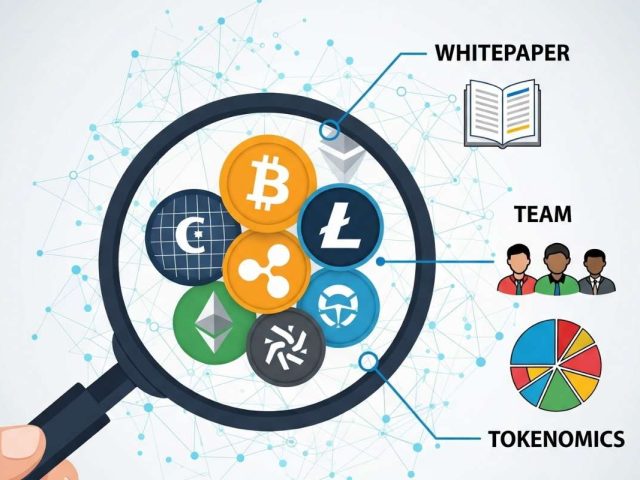The cryptocurrency market continues to mature, and here at Scentia Research Group, we’re seeing a surge in interest in passive income strategies. Investors are increasingly looking beyond simple trading, seeking sustainable ways to grow their digital asset holdings. In this report, we’ll dive into nine of the most accessible methods for generating passive income in the crypto space in 2025.
The Rise of Passive Crypto Income
Passive income, in the context of cryptocurrency, refers to earning rewards on your crypto assets with minimal ongoing effort after the initial setup. Think of it as making your crypto work for you! This can involve various methods, from simply locking up your assets to support blockchain operations, to more complex strategies in the decentralized finance (DeFi) ecosystem. The evolution of these strategies has been remarkable, progressing from basic interest-earning to sophisticated yield farming techniques. In 2025, we have a rich variety of options to suit different risk appetites and levels of technical expertise.
9 Ways to Earn Passive Income with Cryptocurrency in 2025
Let’s explore the nine most straightforward methods
Staking Crypto Assets:
Staking is a cornerstone of passive income in Proof-of-Stake (PoS) blockchains. By “staking” your crypto, you help secure the network and validate transactions, earning rewards in the form of additional tokens. Potential returns vary based on the specific crypto, platform, and any lock-up periods. While relatively simple, staking carries risks like price volatility and potential lock-up periods. Platforms like Coinbase and KuCoin offer staking services.
Becoming a Liquidity Provider:
Decentralized exchanges (DEXs) rely on liquidity pools to facilitate trading. As a liquidity provider, you deposit pairs of crypto assets into these pools and earn a share of transaction fees. Returns depend on trading volume, but “impermanent loss” is a key risk to be aware of. Popular DEXs include Uniswap and PancakeSwap.
Yield Farming:
This advanced strategy involves depositing crypto assets into DeFi protocols to earn rewards. Yield farming can offer high returns (APYs can range from 5% to over 100%), but it also comes with significant risks like volatility, smart contract vulnerabilities, and impermanent loss. Platforms like Aave and Compound are popular for yield farming.
Crypto Lending:
Lending out your cryptocurrency holdings through specialized platforms earns you interest. This is similar to earning interest on a savings account. While it can provide a stable income stream, risks include borrower default and platform vulnerabilities. Platforms like BlockFi and Nexo facilitate crypto lending.
Running a Masternode:
A masternode is a specialized server that supports blockchain operations. Running one requires a significant investment and technical expertise, but it can yield substantial rewards. Risks include the high initial investment and price volatility.
Crypto Affiliate Programs:
Promote cryptocurrency platforms or services and earn commissions for new user referrals. This requires no initial investment but depends on your ability to reach and engage an audience. Many exchanges, like Coinbase and Binance, offer affiliate programs.
Dividend-Paying Tokens:
Some cryptocurrencies distribute a portion of their earnings to token holders, similar to traditional dividends. Your return depends on the project’s success. Risks include fluctuating dividends and project failure. KuCoin Token (KCS) is an example.
NFT Royalties:
NFT creators can earn a percentage of secondary sales through royalties. This provides a continuous income stream, but it relies on the ongoing demand for your NFTs. Marketplaces like OpenSea and Rarible enable NFT royalties.
Play-to-Earn Games:
Earn cryptocurrency or NFTs by playing blockchain-based games. Earning potential varies by game and player skill. Risks include game popularity decline and initial investment costs. Axie Infinity and Decentraland are examples.
Emerging Trends
The passive crypto income landscape is constantly evolving. We’re seeing increased interoperability between blockchains, deeper DeFi integrations, and growing institutional participation. Regulatory developments, the rise of the metaverse, and the use of AI and automation are also shaping this space.
Risks and Considerations
It’s crucial to acknowledge the risks involved. These include market volatility, security risks (hacking, scams), smart contract vulnerabilities, impermanent loss (in DeFi), regulatory uncertainty, platform risk, lock-up periods, and outright fraud.
Comparative Analysis Table of Passive Income Methods
| Method | Functionality | Potential ROI in 2025 (Range or Description) | Primary Risks | General Difficulty/Requirements | Example Platforms/Tokens |
|---|---|---|---|---|---|
| Staking | Lock up crypto to support network, earn rewards | 1-16% APY (highly variable) | Price volatility, lock-up periods, technical risks, regulatory scrutiny | Beginner | Coinbase, KuCoin, Binance, Ethereum, Solana, Cardano |
| Liquidity Provider | Deposit crypto pairs on DEXs, earn transaction fees | Dependent on pool volume | Impermanent loss, smart contract vulnerabilities | Intermediate | Uniswap, PancakeSwap, SushiSwap, Balancer |
| Yield Farming | Deposit assets in DeFi protocols, earn rewards (lending, LP) | 5% – 100%+ APY (highly variable) | High volatility, smart contract risks, impermanent loss, liquidation | Advanced | Aave, Compound, Yearn Finance, Curve |
| Crypto Lending | Lend crypto to borrowers through platforms, earn interest | Stable, predictable interest (variable rates) | Borrower default, platform risk, potential lock-ups | Beginner | BlockFi, Celsius, Nexo, Aave, Compound |
| Running a Masternode | Operate a specialized server, lock up significant crypto, earn rewards | Regular rewards (project dependent) | High initial investment, technical expertise, price volatility | Advanced | Dash, PIVX |
| Crypto Affiliate Programs | Refer new users to crypto platforms, earn commissions | Dependent on referrals and commission rates | Dependence on sign-ups, unattractive rates, platform changes | Beginner | Coinbase, Binance, Kraken, Zengo, CoinLedger |
| Dividend-Paying Tokens | Hold specific tokens, receive a share of project earnings/fees | Project performance dependent | Variable dividends, project failure, token devaluation | Beginner | KuCoin Token (KCS), NEO (GAS) |
| NFT Royalties | Create and sell NFTs, earn a percentage on secondary sales | Dependent on NFT popularity and resale volume | Speculative market, volatility, lack of universal enforcement | Beginner | OpenSea, Rarible, Magic Eden |
| Play-to-Earn Games | Play blockchain games, earn crypto or NFTs | Highly variable, game dependent | Fading game popularity, initial NFT costs, market volatility | Beginner to Intermediate | Axie Infinity, The Sandbox, Decentraland |
Conclusion
The world of passive crypto income in 2025 offers diverse opportunities, but it demands careful navigation. Each method has its own risk-reward profile. At Scentia Research Group, we emphasize the importance of thorough research, risk assessment, and due diligence. Your ideal strategy will depend on your individual circumstances and goals. The crypto space is dynamic, so continuous learning is key to success.
About Scentia Research Group
Scentia Research Group is a leading research firm dedicated to providing in-depth analysis of the cryptocurrency and blockchain industry. Our team of experts combines rigorous research methodologies with practical insights to empower investors and businesses to make informed decisions in this rapidly evolving market. Visit our website at https://scentia.io to learn more about our research and services.





